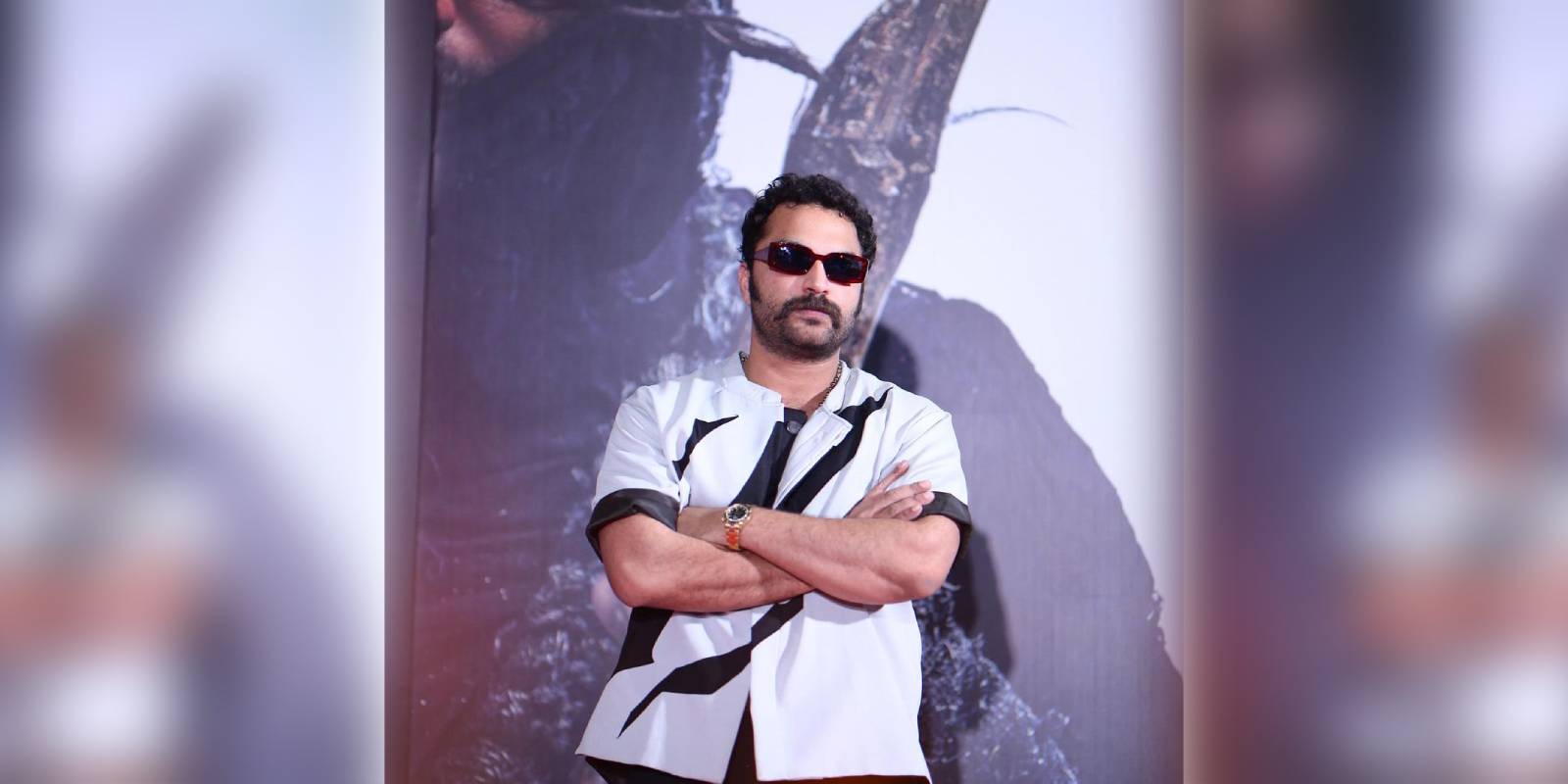'Gaami' is unique in its approach as it was funded through contributions from the public rather than traditional film production methods.

Vishwak Sen is excited about his upcoming release 'Gaami'. (Instagram)
After an arduous five-year journey with Gaami, actor Vishwak Sen feels it is worth the wait to narrate a story that intrigued him more than any other script thus far.
The actor plays the role of an ascetic, an Aghora on his path to self-discovery while searching for a solution to his disease.
Elaborating on the preparation, Vishwak Sen said, “We meticulously crafted every detail of my character. Upon learning about the shoot fifteen days prior, I methodically prepared myself for the character.”
“Director Vidyadhar Kagita conducted thorough research to ensure authenticity in portraying the role of Aghora. You find Aghoras in lakhs at the Kumbh Mela, and my appearance is not unique from them. Surprisingly, many individuals I encountered during this process unknowingly helped me understand the Aghora’s lifestyle better,” says Vishwak Sen, during a chitchat with the media in Hyderabad recently.
Vishwak Sen found filming Gaami brought its own set of hurdles for the cast and crew. Enduring the harsh subzero temperatures in the Himalayas, as low as minus 30 degrees, pushed the limits of crew and cast.
Several hours of shoot caused numbness in my limbs.
“Yet, our commitment towards authenticity remained firm. It was undoubtedly a bold and arduous film project I have ever worked on.” However, even if a similar opportunity comes again, I might think twice before embarking on such a challenging feat,” he laughed.
Gaami is a crowd-funded film starring Vishwak Sen in the lead role.
The Telugu movie is unique in its approach as it was funded through contributions from the public, rather than traditional film production methods.
Get ready for an adrenaline pumping experience on the BIG SCREENS ❤️🔥
ICYM the stunning #GaamiShowreelTrailer Trending #1 on Youtube ❤🔥
▶️ https://t.co/SURFMFTKZO#Gaami Grand release worldwide on March 8th 🧿@VishwakSenActor @iChandiniC @KarthikSabaresh @nanivid… pic.twitter.com/kqtwOw11rd— VishwakSen (@VishwakSenActor) March 1, 2024
Asked, when Gaami was kickstarted, and why it took so long to see the light of the day, Vishwak Sen says, “Director Vidyadhar approached me after seeing my film Vellipomakey (2017). At that time, Ee Nagarainiki Emaindi (2019) hadn’t been released yet. When he narrated the synopsis of Gaami, the script intrigued me. I was aware of the scale of the project, and believed in his vision.”
He added, “I anticipated it was not a film we could finish and release, and knew it would take 5 years. We were prepared for the investment required. Shooting in locations like Varanasi and Kumbh Mela enriched the film’s visual scope. Gaami is unprecedented in terms of scale and story. It required substantial time and resources.”
“We decided that whenever we release it, Gaami should entertain viewers with exceptional quality. Probably this is the right moment to dig in,” said the actor.
Vishwak Sen says many blockbuster films rely on commercial elements, some films like Tumbbad (2018), succeeded without glossy touchups.
“Tumbbad captivated audiences without these touchups. Similarly, Gaami is a deeply emotional film. Once audiences connect with the characters, the second half of the screenplay becomes interesting,” Vishwak Sen said.
“Emotion serves as the primary element in this movie, offering a good cinematic experience similar to watching a Christopher Nolan film,” he added.
Further speaking of the director, Vishwak Sen quipped, “When Vidyadhar had asked to read the entire script before shooting, I was frightened how such scripts are made into films. The director did the pre-production work three years in advance.”
“You find all the research material he gathered and pondered at his office. He has been with this film for almost nine years. To make the film he wanted to, he had planned well in advance what kind of research to do. Only 10 percent of the effort came from the entire team but the remaining 90 percent was of the director himself,” he signed off.

May 03, 2024

May 03, 2024

May 03, 2024

May 03, 2024

May 03, 2024

May 03, 2024